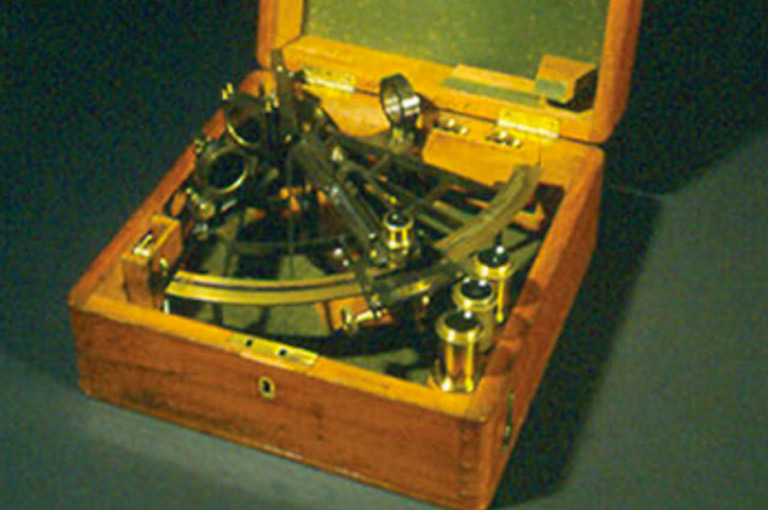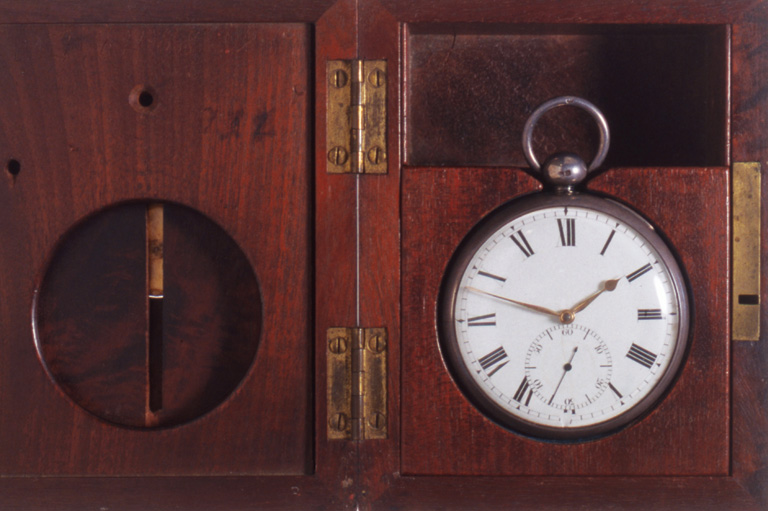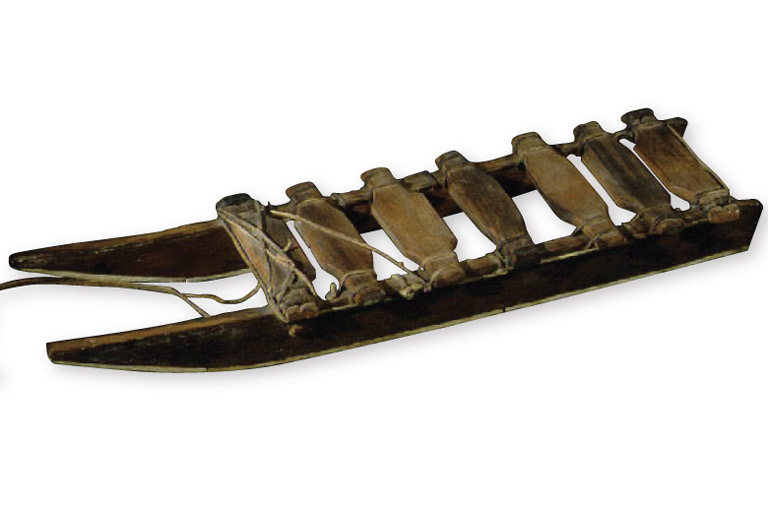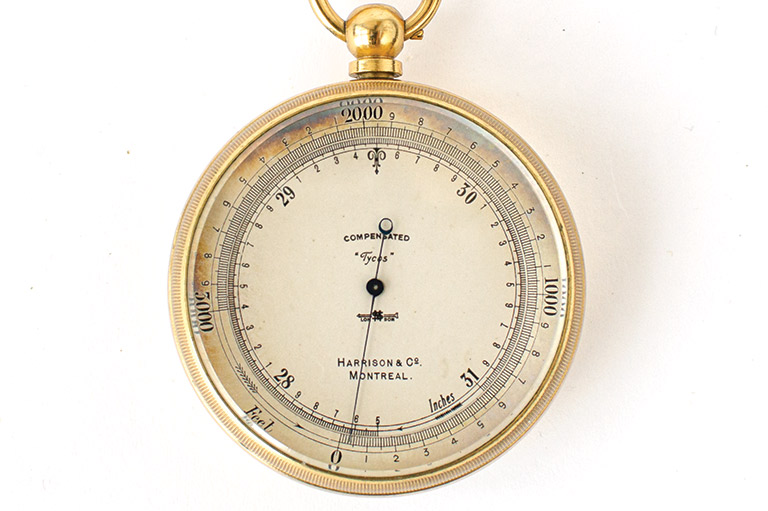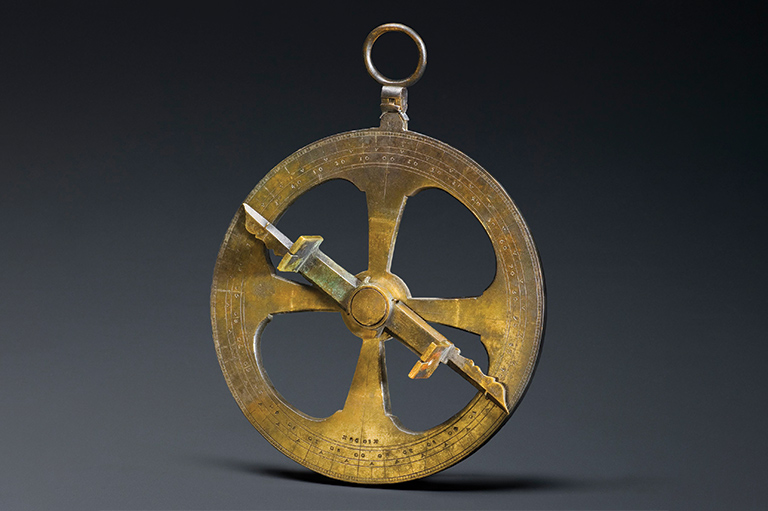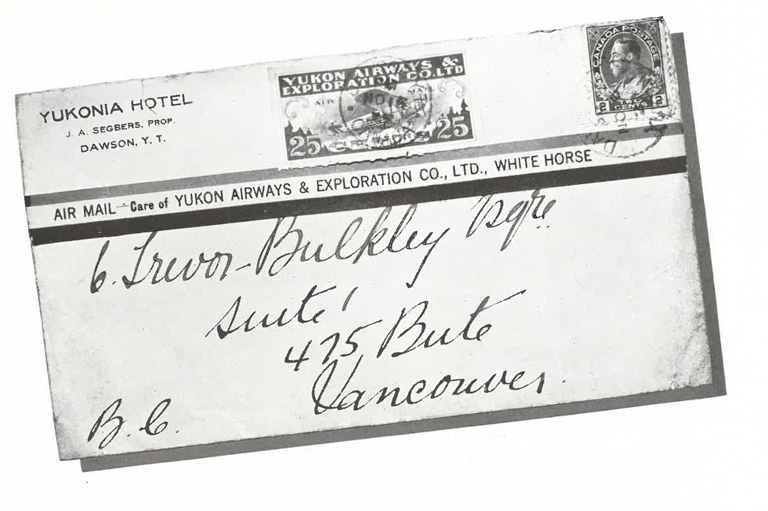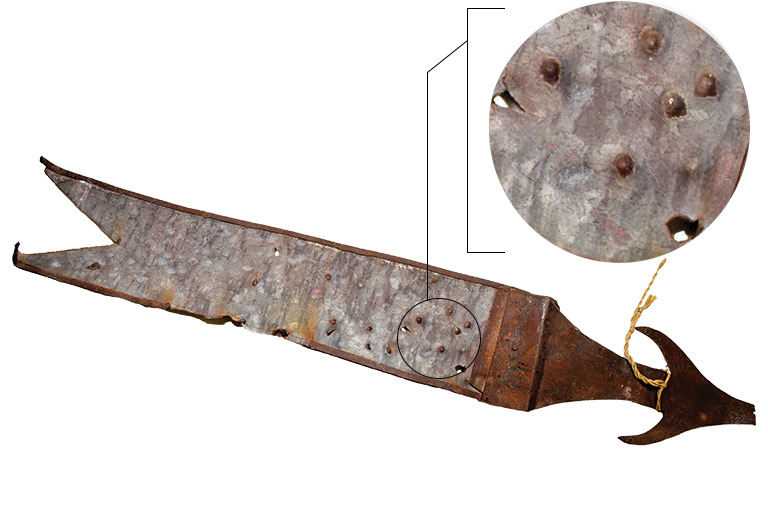Transceiver
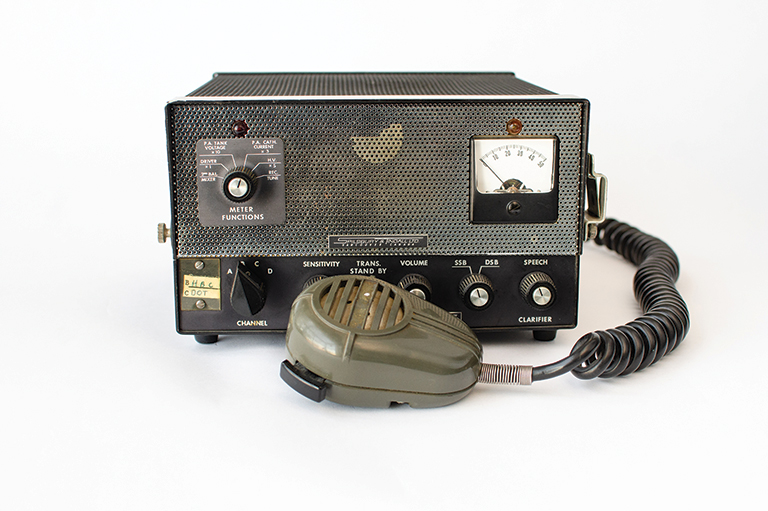
This transceiver, model SB-60, was designed for radio communication across great distances, particularly in remote locations or aboard seafaring vessels.
Manufactured by Spilsbury & Tindall Radio Communications Limited, a Vancouver-based company that operated from 1941 to 1972, the transceiver features a ventilated steel mesh cover with seven dials, including one for switching between channels — B was reserved for HBC communications. The hand-held microphone hooks on to the side of the box.
Exactly where this transceiver was operated remains a mystery, but it was in use by the Hudson’s Bay Company around 1968. Radio communication was a welcome and essential convenience for northern HBC posts, which previously relied on written correspondence to receive and to dispatch information.
This is a rare piece of surviving modern technology in the HBC Museum Collection, as a 1987 memo notes: “Old HBC radio equipment seems to be scarce.”
The same memo states that when Tom Roach — a researcher who also wrote for The Beaver — “was looking into the possibility of the National Museum of Science & Technology doing a display re. early HBC radio network, he was having difficulty finding equipment.”
With 7 uniquely curated newsletters to choose from, we have something for everyone.
Themes associated with this article
Advertisement

